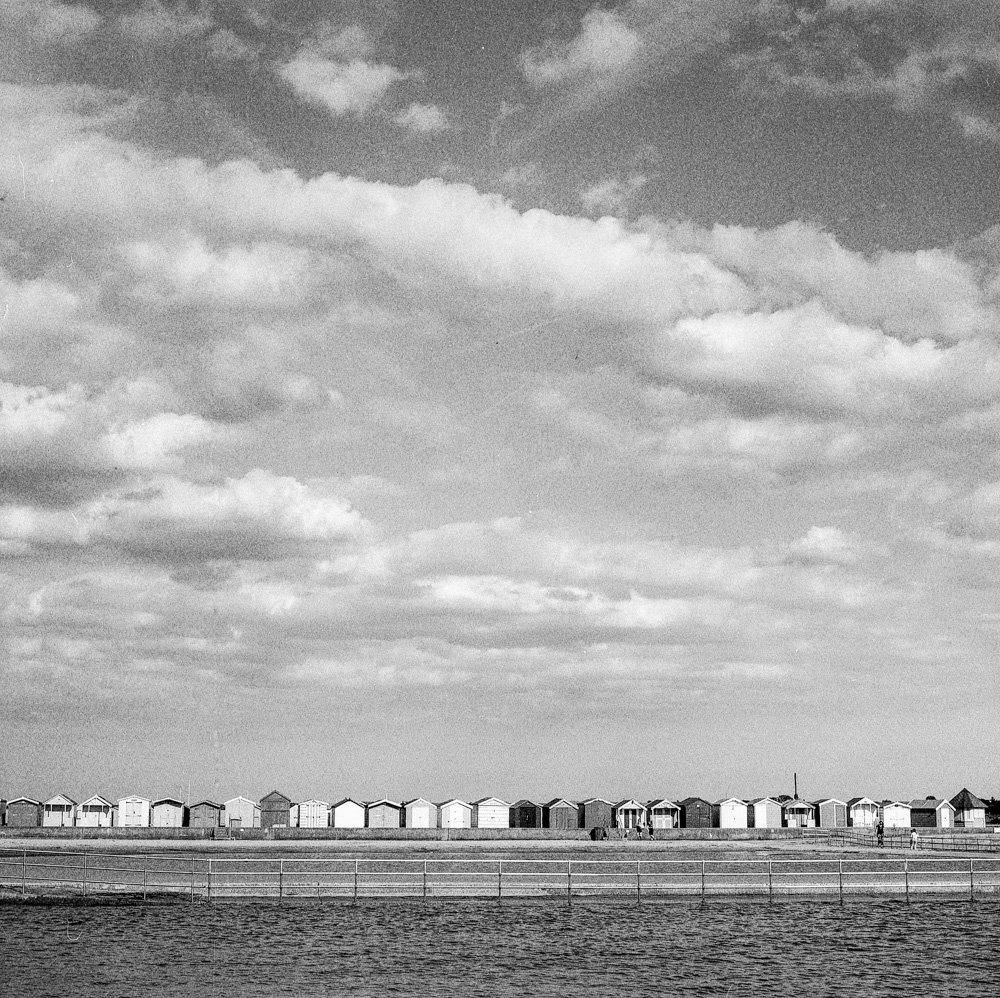Jaywick Martello Tower: Hasselblad 500 C/M: Ilford FP4+ @ 200.
On holiday in Essex this summer I noticed on the OS map this Martello Tower and read in a pamphlet that it is now a gallery and visitor centre so we set out for a visit. It is located at a place called Jaywick just down the road from Clacton at the mouths of the Rivers Blackwater and Colne. As we cruised down, that name ‘Jaywick’ kept circling round and round in my head. Where had I heard it before? Then it came to me.
“Jaywick” I said to Mrs B. “is, I’m pretty sure, the place that is often referred to as the most deprived ward in the country. I’ve just remembered.”
And indeed, as we hit the outskirts it was clear that we had come to a very unusual place. So far as I could see, it seemed to consist mostly of static mobile homes – some beautifully kept in well-tended gardens and others on their last legs. I felt the atmosphere in the air on that warm summer afternoon was guarded but not hostile. Shops were few but there was plenty of life about the place. We had to go right through to get to the Martello Tower which turned out to be shut that day so I never got to see inside. I looked the place up later and found that it had originally been a holiday camp for Londoners sited on saltmarshes with no agricultural value. Bit by bit, over the years, it became permanently inhabited. A home here wii cost you about £60,000 or so, apparently.
We cruised back and carried on round the coast to a place called Brightlingsea where we found these beach huts grouped round a pleasant little Marina.
Brightlingsea Marina Beach Huts: Hasselblad 500 C/M: Ilford FP4+ @200
We had to buy some food so went into the town centre where glancing into an estate agent’s window we were pretty shocked to find that the huts were changing hands for about £40,000 each.
How has this happened? How is it that a stone’s throw from the poorest place in England a beach hut will cost you 40,000 quid? Should this not be an essential question on every economics course in every university in the country? No answers based on neoclassical economic theory permitted: we’ve heard them all before.

